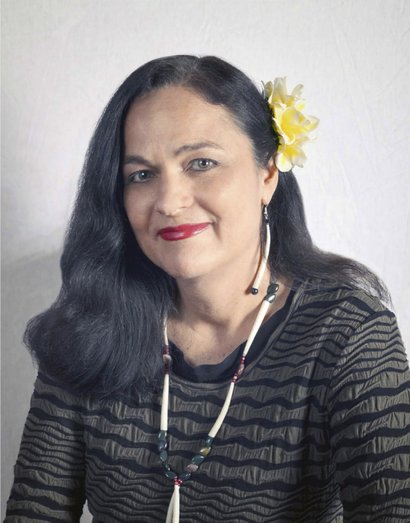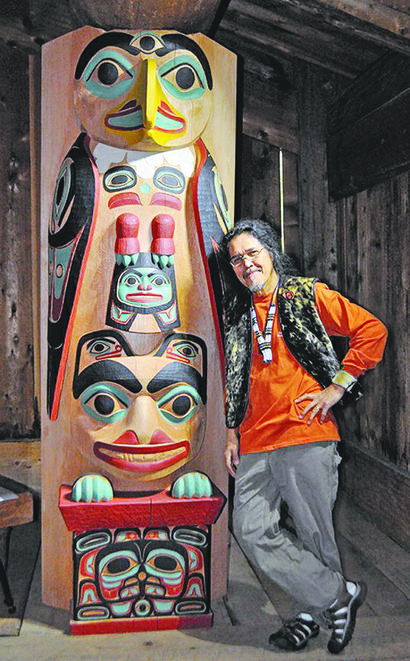12/05/2013 Huffington Post
Since the start of the Great Recession in 2007, Native American employment has been lowest in the regions where white employment has been highest. In my research in 2009 and 2010, I found that while whites were doing relatively well in terms of employment in Alaska, the Northern Plains, and the Southwest, Native Americans were doing rather poorly in these very same regions. I also noted that these were the regions where the proportion of Native Americans was relatively high in relation to the proportion of non-Natives. These findings raised the question of whether racial discrimination might play a role in the high level of joblessness among Native Americans.
In a labor market free of racial discrimination, one would expect whites and Native Americans to have somewhat similar outcomes, not starkly divergent outcomes like we see in Alaska, the Northern Plains, and the Southwest. These divergent outcomes are the first suggestion that racial discrimination might be at play.
Additionally, sociologists have long argued that the relative size of racial groups can influence the amount of conflict or competition between groups. If a minority group is very small, the group is less likely to be threatening to the dominant group. But a larger minority group, which can potentially pose a challenge to the dominant group’s control over resources, can lead to increased prejudice and discrimination against the minority group. The fact that Native Americans are doing worse in the labor markets where they make up a larger share of the population also suggests that racial discrimination may be an explanation.
While my prior research was suggestive of anti-Native American discrimination in the labor market, it was far from conclusive. This year, I have had the opportunity to take a deeper look at the issue. (The complete report is forthcoming at epi.org.) I was able to use data that allowed me to go beyond region and to examine employment rates by state. I was also able to take into to account the effect of other factors that might contribute to racial differences in employment rates.
The Native American-white employment rate gap once again pointed to states in the Northern Plains as well as the adjacent upper, western Midwest region. The biggest gaps were in South Dakota, North Dakota, Minnesota, and Iowa. Arizona and Utah, in the Southwest, also showed rather large employment-rate disparities.
An employment-rate gap can be the result of differences in age, educational attainment, as well as a host of other factors between groups. A stronger case can be made that racial discrimination is at play if one controls for the effects of these other factors. I was able to control for differences between the white and Native American population distributions in age, education, state of residence, reservation residence, marital status, disability status, and other factors. I still found that Native Americans had a significantly lower odds of being employed than whites after all of these factors were taken into account.
And once again, the Northern Plains, upper, western Midwest, and Southwest states stood out as being particularly bad for Native Americans looking for work. The worst states were, in declining magnitude of the disparity, South Dakota, North Dakota, Iowa, Minnesota, Wisconsin, Montana, Utah, and Arizona. While this research still does not prove that racial discrimination is the cause of these disparities, it does raise the issue of discrimination as a more serious possibility.
Native Americans have suffered a long history of racial oppression in this country. While some Americans are eager to declare that the United States is now post-racial, the social scientific data continues to suggest otherwise. Joblessness continues to plague Native Americans. There is much that we need to do as a country to address this problem. Sadly, it appears that one important step may be to simply provide Native Americans with same opportunity to work as we do whites.
Follow Algernon Austin on Twitter: www.twitter.com/EconomicPolicy




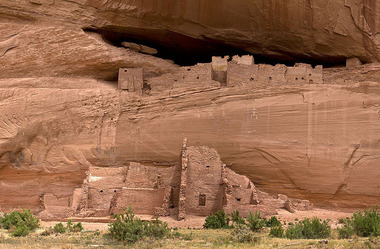

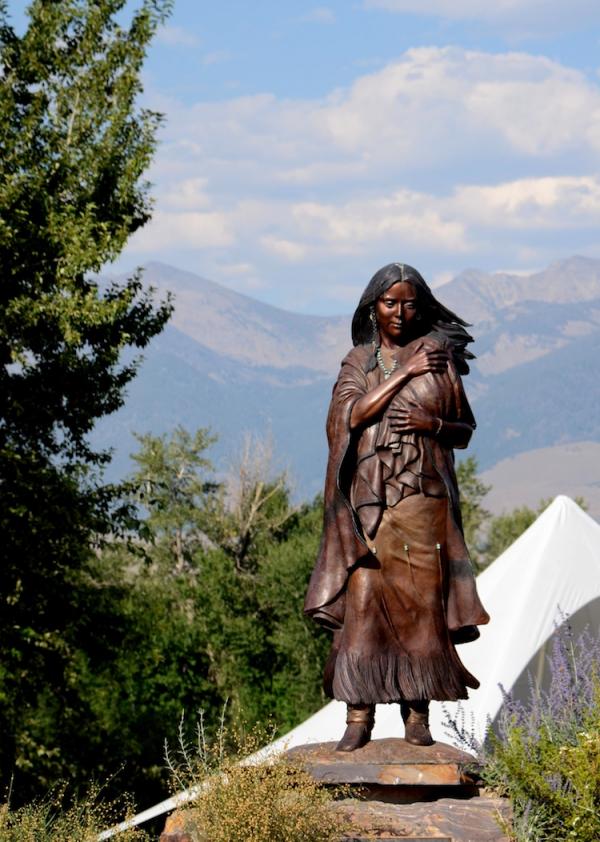



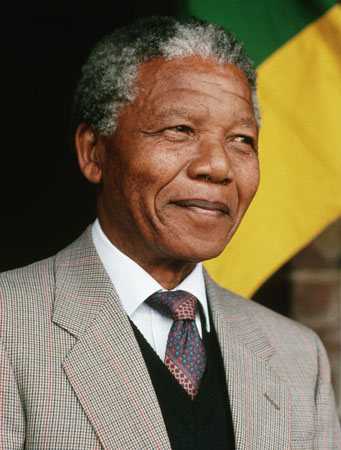 Mandela’s resolve rubbed off on many of his compatriots, though such conviction is tempered by the reality that his vision of a “rainbow nation” failed, almost inevitably, to meet the heady expectations propelling the country two decades ago. Peaceful elections and relatively harmonious race relations define today’s South Africa; so do crime, corruption and economic inequality.
Mandela’s resolve rubbed off on many of his compatriots, though such conviction is tempered by the reality that his vision of a “rainbow nation” failed, almost inevitably, to meet the heady expectations propelling the country two decades ago. Peaceful elections and relatively harmonious race relations define today’s South Africa; so do crime, corruption and economic inequality.
